
loading...

VLSI stands for Very Large Scale Integration, and it refers to the process of integrating a large number of transistors, diodes, resistors, and other electronic components onto a single chip. VLSI is a crucial technology for the semiconductor industry, as it enables the creation of more powerful and compact electronic devices such as computers, smartphones, and many other electronic devices we use today.
The history of VLSI dates back to the 1960s when the first integrated circuit (IC) was invented by Jack Kilby of Texas Instruments and Robert Noyce of Fairchild Semiconductor. The first ICs were made using bipolar junction transistors, and they were relatively simple, containing only a few transistors. In the 1970s, complementary metal-oxide-semiconductor (CMOS) technology was introduced, which allowed for the creation of much more complex ICs with much lower power consumption.
The 1980s saw a rapid expansion in VLSI technology, driven by the growing demand for more powerful and compact electronic devices. During this period, the number of transistors that could be integrated onto a single chip increased from a few hundred to several million. This led to the development of the first microprocessors, which in turn enabled the creation of personal computers.
In the following decades, the continued advancement of VLSI technology has led to the development of even more powerful and compact electronic devices such as smartphones, tablets, and wearable devices. Today, VLSI technology continues to play a crucial role in the development of new electronic devices and technologies, including artificial intelligence, the Internet of Things, and autonomous vehicles, among others.
Latest Trends & Developments In VLSI
In recent years, VLSI technology has undergone significant developments and trends, driven by the need for higher performance, lower power consumption, and improved cost-effectiveness. Here are some of the latest developments and trends in VLSI:
3D-ICs
Three-dimensional integrated circuits (3D-ICs) are a promising development in VLSI technology that allows for stacking multiple layers of transistors on top of each other, increasing the density of transistors on a chip. This technology enables the integration of heterogeneous devices such as sensors, memory, and logic on a single chip, offering increased functionality and performance while reducing power consumption.
IoT and Wearable Devices
The Internet of Things (IoT) has been a driving force in the development of VLSI technology.VLSI technology is used to create low-power, energy-efficient chips for use in wearable devices, such as fitness trackers, smartwatches, and healthcare monitors. These devices require small form factors and low power consumption to enable long battery life, making VLSI technology essential in their development.
AI and Machine Learning
VLSI technology plays a vital role in the development of hardware that is optimized for running AI and machine learning algorithms. AI and machine learning require specialized hardware, and VLSI technology is being used to create these specialized chips, such as graphic processing units (GPUs), application-specific integrated circuits (ASICs), and field-programmable gate arrays (FPGAs).
System on a Chip (SoC)
A System on a Chip (SoC) is an integrated circuit that combines multiple functions, including digital, analog, and radio frequency (RF) circuits, on a single chip. SoC technology is widely used in mobile devices, and its application has expanded to include automotive, medical, and IoT devices. SoC technology is a trend in VLSI that enables increased integration of functions while reducing power consumption and cost.
Quantum Computing
Quantum computing is a rapidly growing area of research and development, and VLSI technology is playing an essential role in its development. VLSI technology is used to create the complex control and measurement systems required to build quantum computers. In addition, VLSI technology is used to create quantum processors and quantum memories, essential components of quantum computers.
Neuromorphic Computing
Neuromorphic computing is an area of research that aims to create computer systems that function similarly to the human brain. Researchers use VLSI technology to create chips that mimic the behavior of neurons and synapses. These chips can be used for a range of applications, including robotics, image processing, and speech recognition.
Some Potential Use Cases Of VLSI
Here are some potential use cases and applications of VLSI in different industries:
Healthcare: VLSI can be used to design smaller and more accurate medical devices, such as glucose monitors, pacemakers, and diagnostic equipment.
Automotive:VLSI can enable the development of advanced driver assistance systems (ADAS) and autonomous vehicles by providing the necessary computing power and sensor integration.
Aerospace: VLSI can help design more efficient and reliable avionics systems for aircraft, as well as space probes and satellites.
Communication: VLSI is integral to the development of high-speed and low-power communication systems, such as 5G networks, Wi-Fi, and Bluetooth.
Final Wrap
As VLSI technology continues to evolve and drive innovation in various industries, the demand for skilled professionals in the field is also increasing. Future job prospects for VLSI professionals are promising, with roles ranging from VLSI design engineers to system architects, and from chip layout engineers to test engineers. Staying up to date with the latest advancements in VLSI technology is critical to ensuring that professionals can meet the evolving demands of the industry.
 A to Z on India, Japan & the Future of Semiconductor Industry: A New Chapter in Tech Collaboration
A to Z on India, Japan & the Future of Semiconductor Industry: A New Chapter in Tech Collaboration
 RTL Design vs Physical Design: What's the Real Difference?
RTL Design vs Physical Design: What's the Real Difference?
 The Future of the Semiconductor Industry: What Indian Students Should Know
The Future of the Semiconductor Industry: What Indian Students Should Know
 Top 7 Career Paths After Completing a VLSI Course
Top 7 Career Paths After Completing a VLSI Course
 Best Time Management Tips for Students Preparing for VLSI Careers
Best Time Management Tips for Students Preparing for VLSI Careers
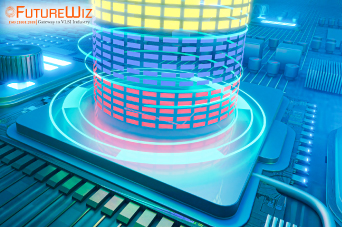 Mastering VLSI Physical Design: A Comprehensive Course Overview
Mastering VLSI Physical Design: A Comprehensive Course Overview
 The Complete FPGA and ASIC Guide
The Complete FPGA and ASIC Guide
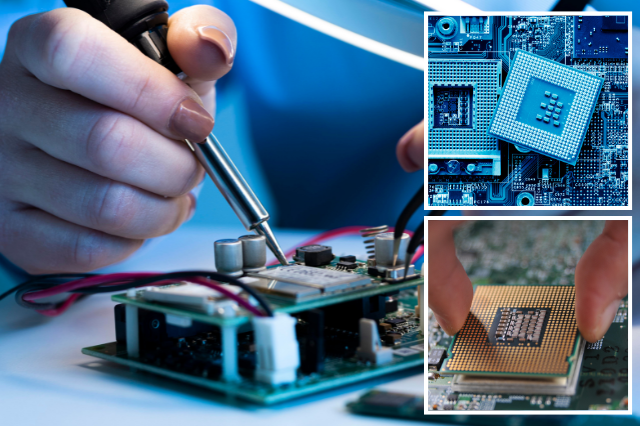 Verilog Essentials: Mastering the Fundamentals of Hardware Description Language
Verilog Essentials: Mastering the Fundamentals of Hardware Description Language
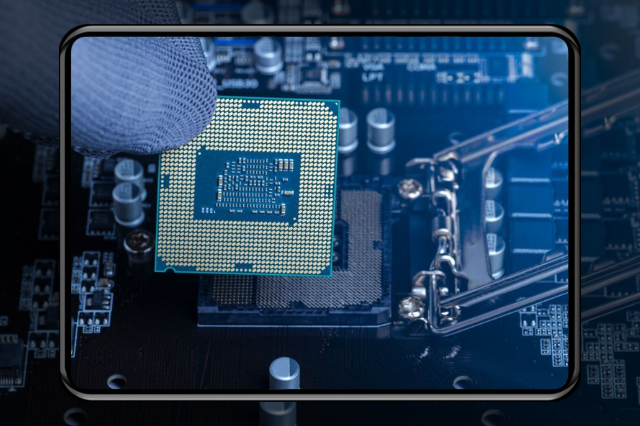 Unleashing the Power of System Verilog: A Comprehensive Guide for Aspiring Designers
Unleashing the Power of System Verilog: A Comprehensive Guide for Aspiring Designers
 Demystifying VLSI chip Design: Exploring the Core Concepts of VLSI Courses
Demystifying VLSI chip Design: Exploring the Core Concepts of VLSI Courses
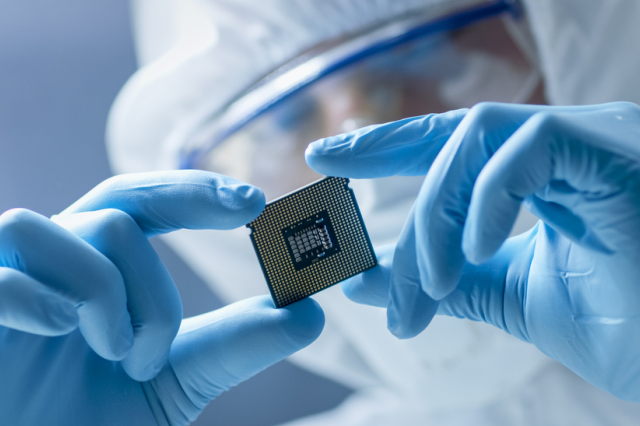 Basics of VLSI - An Ultimate Guide
Basics of VLSI - An Ultimate Guide
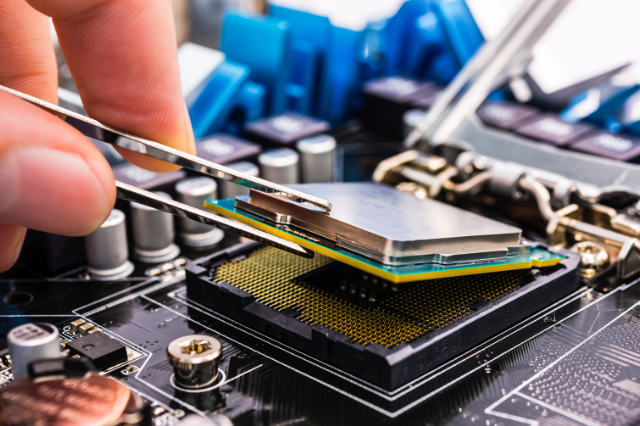 Career Prospects After Completing A VLSI Course
Career Prospects After Completing A VLSI Course
 Top 5 Reasons To Take Up A Professional VLSI Course
Top 5 Reasons To Take Up A Professional VLSI Course
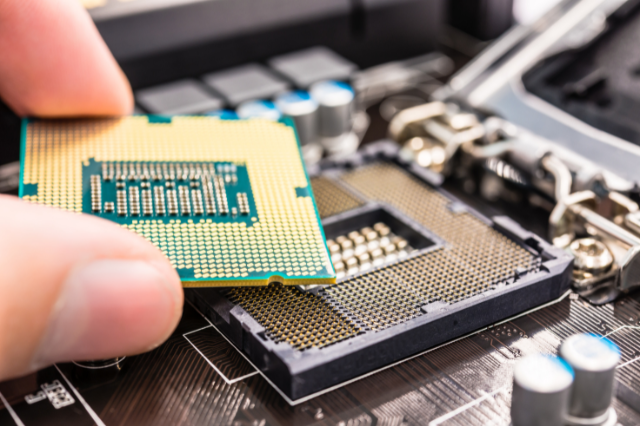 Mastering VLSI Design: A Comprehensive Guide To Understanding Complex Integrated Circuits
Mastering VLSI Design: A Comprehensive Guide To Understanding Complex Integrated Circuits
 Future-Proof Your Career With A VLSI Course: How Learning About Integrated Circuits Can Boost Your Job Prospects?
Future-Proof Your Career With A VLSI Course: How Learning About Integrated Circuits Can Boost Your Job Prospects?
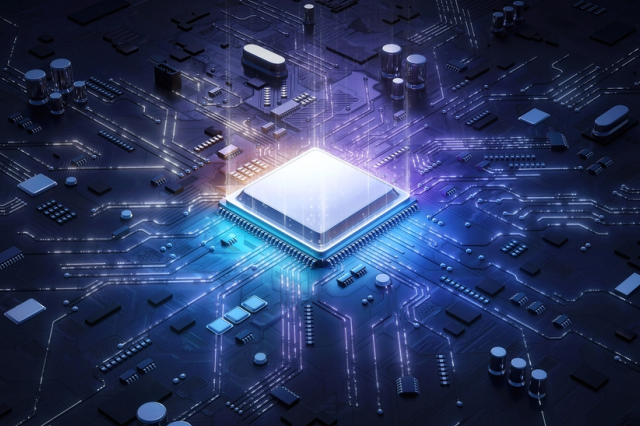 System Verilog: An Overview
System Verilog: An Overview
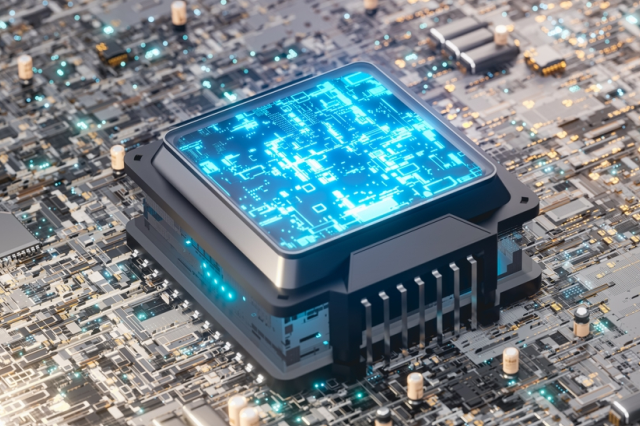 Introduction to Hardware Description Language (HDL)
Introduction to Hardware Description Language (HDL)
 Unlock The Potential Of VLSI Design With An Integrated VLSI Course Online
Unlock The Potential Of VLSI Design With An Integrated VLSI Course Online
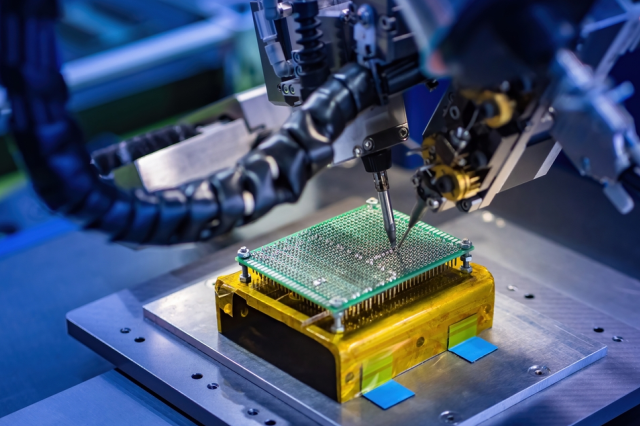 Universal Verification Methodology:An Efficient Verification Approach
Universal Verification Methodology:An Efficient Verification Approach
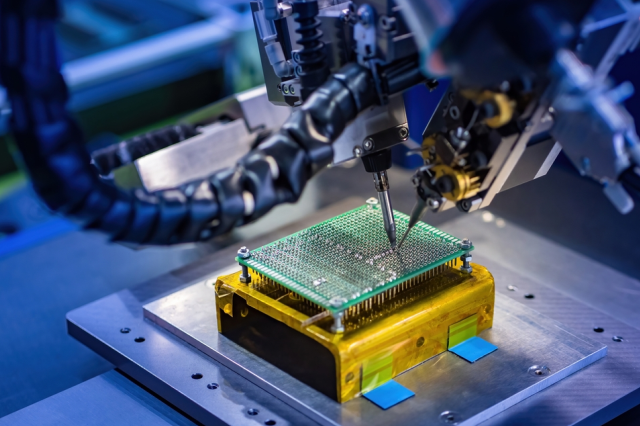 How to Write a Verilog Module for Design and Testbench
How to Write a Verilog Module for Design and Testbench




